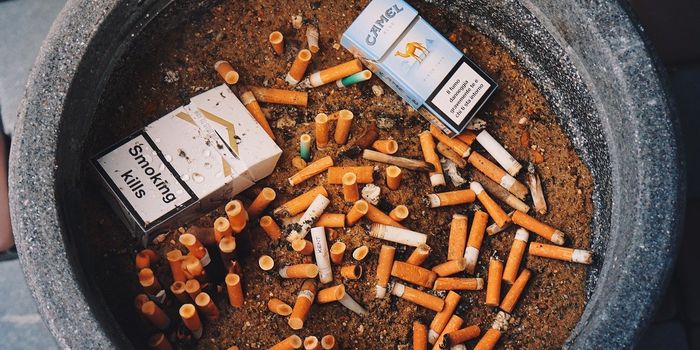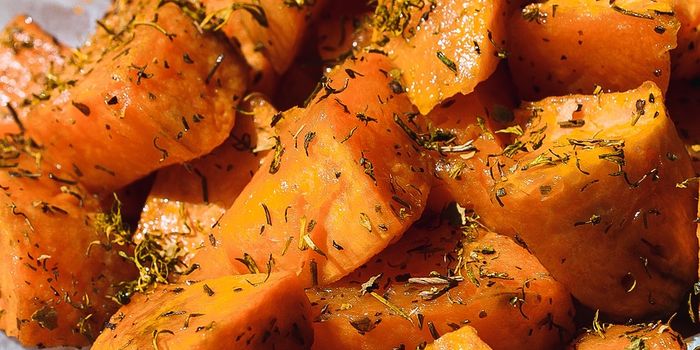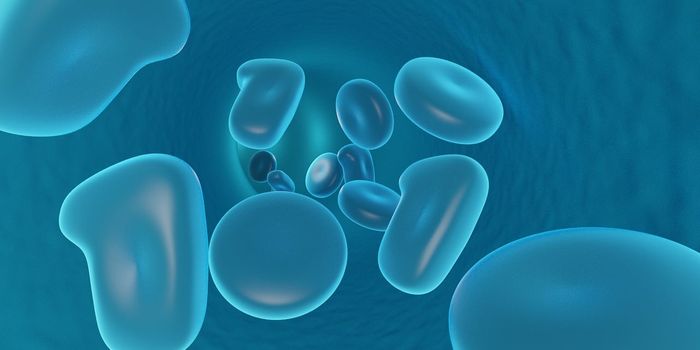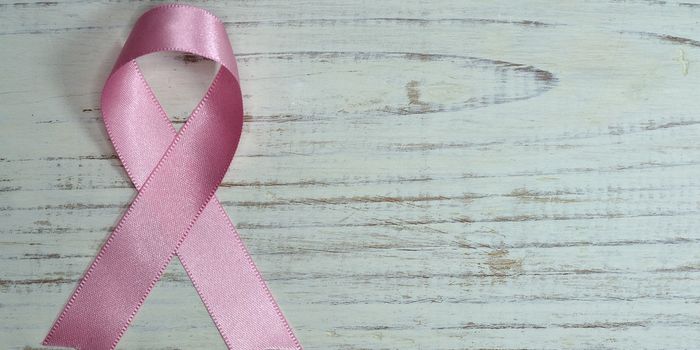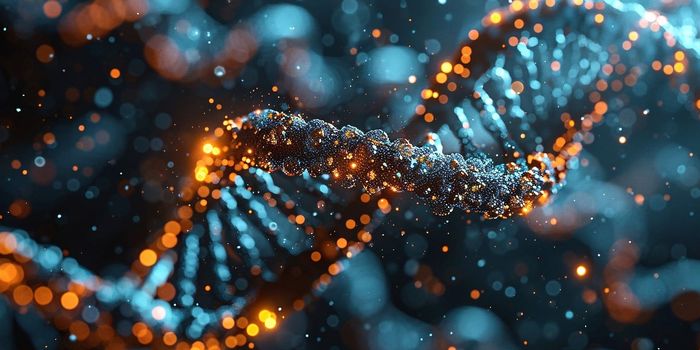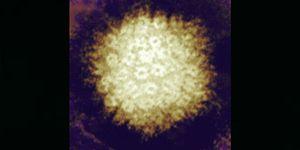Guide to Adherent Cell Culture Basics: Seeding, Expanding, and Harvesting

But there's also a lot that can go right. Over the past 100-plus years, adherent cell culture experiments have contributed to some of the most revolutionary advances in modern medicine, advancing our understanding of diseases like cancer and supporting the development of safe and effective therapeutics.
Fortunately, there's a lot more known about culturing now than when the in vitro pioneer, Ross Harrison, analyzed frog tissue on a glass slide in the early 1900s. In this guide, we share the basics learned from more than a century of tinkering with living cells, including how to seed, expand, and harvest cell cultures.
Cell Seeding from a Cryogenic State
In buying cell culture lines, products come cryopreserved, which is necessary to maintain cell viability long-term. From that state, you'll need to thaw out and seed the cells, which shouldn't be rushed, even though it happens fast. And yet, this important step often does get hurried and sometimes overlooked, which risks contamination and doesn't give the cells the good, sterile start they need.
Here is the correct way to conduct the cell seeding process:
- Get all of your supplies ready. You'll need your cryopreserved vial, a beaker or water bath filled with pre-warmed water, and a flask with pre-equilibrated media. You'll also need a conical vial filled with media if you intend to spin down the cells and remove the DSMO or other cryoprotectant.
- Warm the vial. Gently swirl the cryopreserved vial in the beaker of pre-warmed water until the contents are almost completely thawed. Then, clean the vial with an alcohol wipe to reduce contamination risk.
- Seed your cells. Using a pipette, remove the cells from the cryovial and transfer them to the flask. Then, pipette the flask contents up and down to mix the solution for easy seeding. With that, your cells are thawed, transferred, and ready for the incubator (or the centrifuge for DSMO removal).
Scaling Up With Cellular Expansion
When it's time to scale up your cells, you'll need the right cell expansion approach. Cellular expansion is a necessary part of cell culture that relies on both efficiency and consistency. If you follow an inefficient workflow, you'll likely drive up the costs of supplies and labor. If you follow an inconsistent workflow, you could overstress your cells and kill them.
Striking the right balance will depend on your vessel choice. Multilayer options, such as the Corning® HYPERFlask®, can help life scientists establish friendly conditions for faster growth in a smaller space, and also with less labor and contamination risk.
Because not all vessels have the same growth area, researchers will typically think in terms of cells/cm2 yield when they are determining their vessel choice and the amount of associated reagents. They will then use this to consistently evolve their seed train into the amount of cells the researcher needs. For optimal growth, maintain the same ratio of cells/cm2 and mL/cm2 across vessels and reagents by doing the following:
- Apply this formula to calculate your cells by vessel: [(desired cells/cm2)*(cm2 of the vessel)].
- Apply this formula to calculate your medium per vessel: [(desired mLs/cm2)*(cm2 of the vessel)]. For optimal cell growth and gas diffusion, most applications will require between 0.2 mL and 0.5 mL of medium per cm2.
Harvesting Your Adherent Cells
You'll know cells are ready to harvest when they appear as a monolayer throughout the culture under the microscope. At that time, scientists will generally remove the cells via chemical or physical means.
Chemical removal via dissociation reagents needs to be optimized for the cell type and application in order to make sure cells are not negatively impacted by the reagent. By contrast, physical removal via cell scrapers may be best for strongly adherent, sensitive cells that might not tolerate dissociation reagents. Also consider your downstream application and how or whether the dissociation reagent may impact your studies.
If you choose to use dissociation reagents, follow this process aseptically using a pipette:
- Remove the media from the flask.
- Add a buffer solution like PBS to the flask to remove any trace amounts of serum that could interfere with the dissociation agent. Gently rock the vessel to even out the solution inside. Soak for 10 to 15 minutes for difficult-to-detach cell lines. Remove the buffer solution.
- Add the dissociation reagent at 0.02 to 0.03 mL/cm2. Depending on the cell line or dissociation reagent, you may want to incubate the vessel at 37°C to promote dissociation.
- Cells are ready when they appear rounded up but not yet clumped—almost as if you're looking into a night sky filled with thousands of stars. Cloudiness of the liquid is a good sign that they've detached and are ready.
- Dilute the dissociation reagent, typically at a ratio of 1:1 with either the buffer solution or media-containing serum. Pipette up and down a few times before removing the whole solution and transferring it to the tube.
- Conclude with centrifugation if cells are especially sensitive to the reagent.
Now your cells are ready to count, so you can measure cell density and viability.
Making Cell Culturing Work for You
Adherent cell cultures can open your lab up to a whole new world of experimentation and downstream applications — and it can be fun too. But there can be a lot at stake when you're manipulating living cells, so it's important to do so correctly. By following these essential tips and working your way up to more advanced protocols, you can become a cell culture pro in no time.
Ebook: Cell Culture Fundamentals
Hear from our experts on their experiences and insights in primary cell culture, single cell culture, cell growth, and more.

